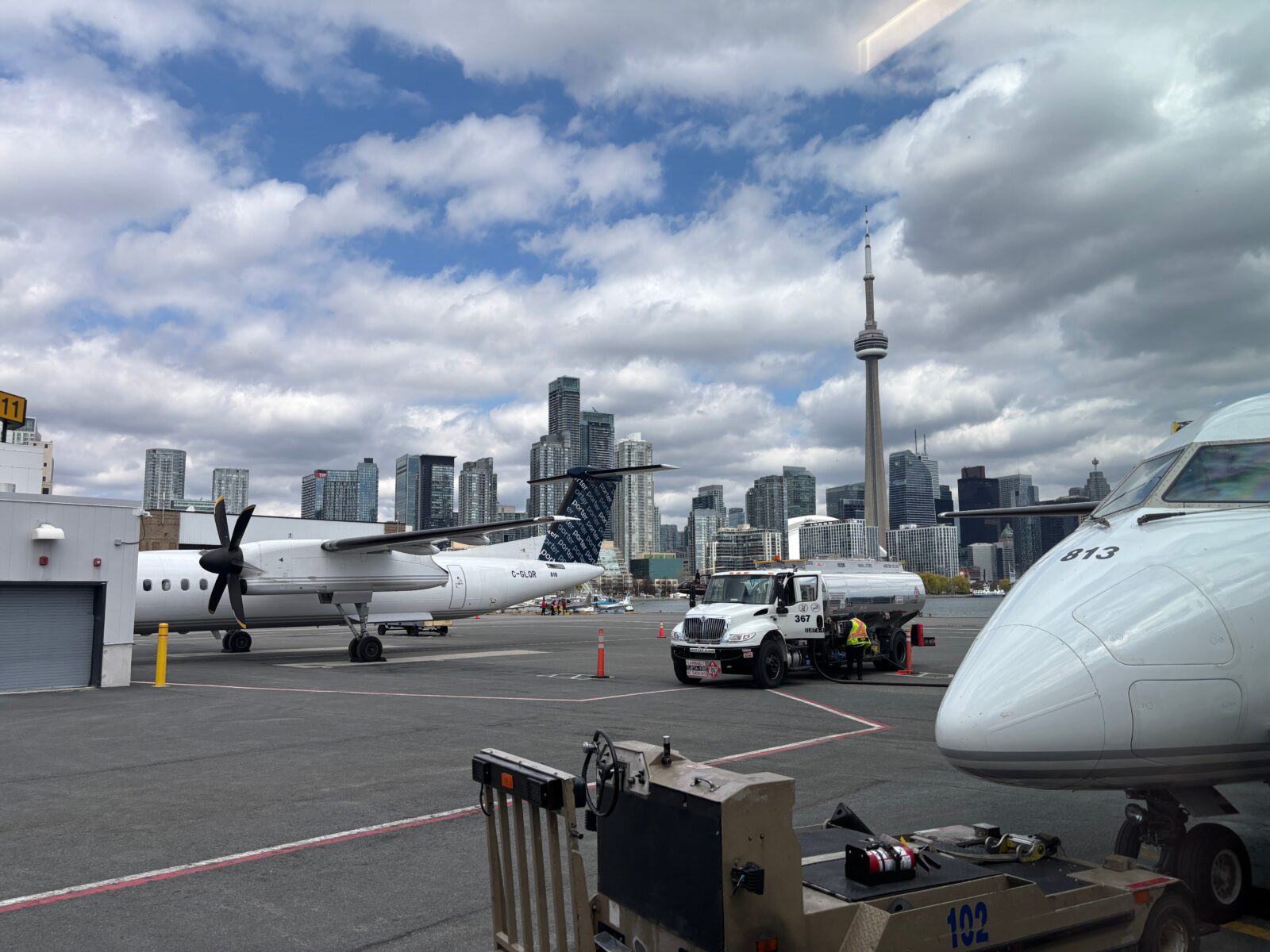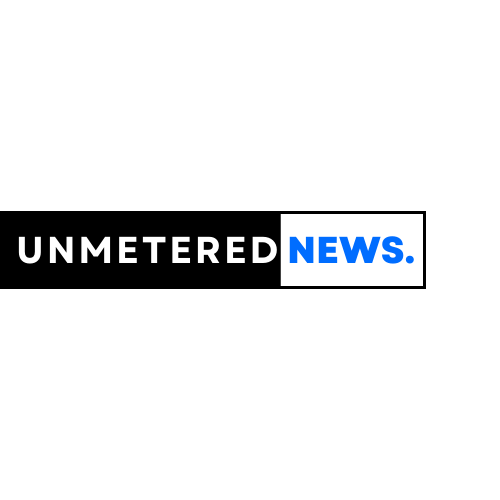- Home
- Advertise With us
- World News
- Tech
- Entertainment
- Travels & Tours
- Contact US
- About us
- Privacy Policy
Top Insights
Air Canada and Porter’s battle over Toronto lowers New York fares … for now

Travelers to Canada’s largest city have something to look forward to next spring: Air Canada’s new U.S. flights from Toronto’s downtown Billy Bishop Toronto City Airport (YTZ).
The Star Alliance carrier’s new nonstops to Boston, Chicago, New York and Washington, D.C., that begin in March 2026 are the first-ever challenge to Porter Airlines’ monopoly on U.S. routes from YTZ since it began flying south of the border in 2008.
YTZ, Porter’s home base, is unique because jet planes are banned, and airlines can only serve it with turboprops. Both Air Canada and Porter exclusively fly 78-seat De Havilland Dash 8-400s to the airport.

“This means more options and more affordability to get to Toronto in the future,” Katy Nastro, a travel expert at the cheap flight deal alert service Going, said.
Cheap flights are good for consumers and can encourage more people to fly, especially in a market like U.S.-Canada, which is plagued by high fares (and taxes).
But there’s a question lurking in the back of most airline industry watchers’ minds: Does Toronto need these flights? Or is Air Canada hitting Porter where it hurts?
Travel from Canada to the U.S. is down. And from YTZ, numbers are down even more with Porter. Despite flying solo on U.S. routes, it’s filling fewer seats now than it did a year ago. The situation is ripe for both Air Canada and Porter to lose money — and if travel demand does not bounce back, we could even see one competitor throw in the towel and retreat.
YTZ: More flights, sagging demand
Just minutes from downtown Toronto, YTZ sits on an island in Lake Ontario, accessible by both tunnel and ferry. However, U.S. travel demand at this regional airport is anything but hot.
One quarter fewer people flew from YTZ to the U.S. year over year for the first seven months of 2025, U.S. Bureau of Transportation Statistics data via aviation analytics firm Cirium shows. Relatedly, Porter has cut its seats in the market by about 20%.

U.S.-bound passenger numbers from the city’s main airport, Toronto Pearson Airport (YYZ), were down just 9% over the same period, BTS data shows.
Overall, the number of Canadians entering the U.S. via air was down nearly 12% in the January-to-July period compared to the same period in 2024, according to the latest data from the U.S. International Trade Administration.
When asked about transborder demand during an interview on the new YTZ routes on Oct. 23, chief commercial officer of Air Canada Mark Galardo said:
“While there is a bit of a slowdown in Canadian origin travel to the U.S., primarily for leisure purposes, there has been no notable slowdown in business travel on the Canada-U.S. sector, and there’s been no slowdown in Americans coming to Canada — in fact, it’s very favorable from an exchange rate perspective. The Canada-U.S. corridor is still, for all intents and purposes, a pretty robust corridor.”
He added that Air Canada has a “strong segment of brand-loyal Air Canada flyers” in Toronto that are eager for the airline to offer U.S. flights from YTZ. The carrier is also a close partner of United Airlines and can tap into its loyal flyer base on the American side of the border to fill planes.
Air Canada on Tuesday told investors that travel demand on U.S.-Canada flights was “stable.”
Despite the decline in flyers, with Air Canada’s entry into the market, seats from YTZ to the U.S. will jump by 27% from January to July 2026 compared to the same period this year, Cirium schedules show.
Deals for Toronto-New York travelers (for now)
Toronto travelers appear set to benefit, at least initially, from the new competition. When Air Canada launches the first-ever nonstop from YTZ to New York’s LaGuardia Airport (LGA) on March 29, 2026, the lowest available fare on the route will drop 28% — from $185 to $133 one-way — fare data from Google Flights on Nov. 13 shows.
The new LGA flights have been made possible with the opening of a new U.S. Customs and Border Protection preclearance facility at YTZ, allowing travelers to clear passport control in Toronto and arrive in the U.S. as if they had taken a domestic flight. The facility is due to open next spring.
Porter serves New York City and the wider tristate area via Newark Liberty International Airport (EWR) in New Jersey.
The same savings cannot be said — yet — for travel to Boston Logan International Airport (BOS) or Dulles International Airport (IAD) from YTZ. One-way fares on both routes are unchanged at $214 and $183, respectively, during the weeks both before and after Air Canada begins flights next June and July, Google Flights fare data shows.
In terms of Chicago, Air Canada will serve O’Hare International Airport (ORD) while Porter serves Chicago Midway International Airport (MDW). And fares between Toronto and Chicago jump 72%, from $111 to $191 one-way.
Nastro attributed some of this airfare back-and-forth to the uncertainty in U.S.-Canada relations since President Donald Trump took office in January.
“The biggest reason we see cheap flights is competition [but] add an external wild card and all bets are off the table when it comes to cheap flight availability,” she said.
Air Canada versus Porter
“Air Canada has a well-documented history of targeting competitors,” said one airline adviser who has worked in the Canadian market but declined to be named.
WestJet, Canada’s second-largest airline, for years mounted a challenge to Air Canada with a hub at YYZ; however, in 2022 it cut back to its core western Canadian market after stiff competition with the flag carrier.
Porter filled the gap WestJet left at YYZ in 2024, launching its own longer-distance flights with new Embraer E-Jets to destinations across Canada, the U.S. and the Caribbean.
Air Canada’s expansion at YTZ could be a competitive response to Porter’s growth at the carrier’s largest hub.
“We’ve been waiting a long time to scale up our operations here and we’re happy to see it through,” Galardo said.
A Porter spokesperson similarly had little constructive to say on the new competition at its home airport.
“YTZ remains a focal point of Porter’s regional network,” the spokesperson said. “As we build a highly-integrated network that stretches across North America, we’ll continue to consider opportunities for adding flights at Billy Bishop. Porter’s ongoing growth and distinct service standards are clearly disrupting the competition to the great benefit of travelers.”
Related reading:
Editorial disclaimer: Opinions expressed here are the author’s alone, not those of any bank, credit card issuer, airline or hotel chain, and have not been reviewed, approved or otherwise endorsed by any of these entities.
Related Articles
Credit card transfer bonuses (November): 40% bonus to Virgin Atlantic, 70% bonus to Marriott Bonvoy and more
Transfer bonuses can offer lucrative opportunities to maximize your points and miles...
How to book American Airlines flights with Atmos Rewards points
If you’re a frequent American Airlines flyer like I am, your award...
Capital One SavorOne Rewards review: Earn cash back on dining and entertainment with a low annual fee
Capital One SavorOne Card overview The Capital One SavorOne Cash Rewards Credit...
Trump administration axes Biden-era rule to provide passenger compensation for delayed flights
The Trump administration formally withdrew a proposed rule Friday that would have...












Leave a comment